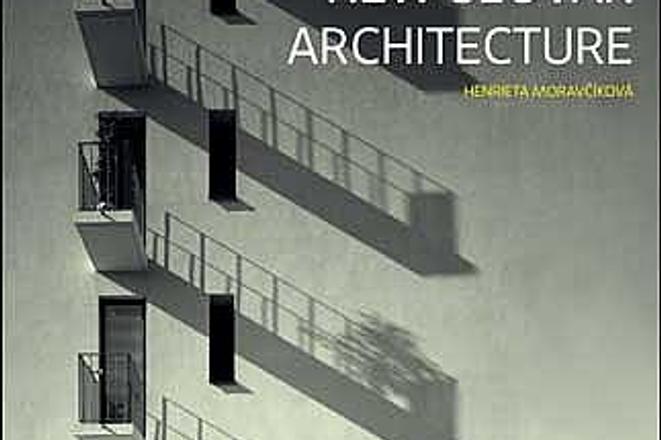SLOVAKIA has experienced a nonpareil construction boom during recent years. Skylines of Slovak cities and towns, and the general appearance of the countryside as well, have changed – with new skyscraper buildings erected, new residential areas constructed and old facilities torn down. Henrieta Moravčíková, the head of the Department of Architecture at the Institute of Construction and Architecture of the Slovak Academy of Sciences, has selected 101 buildings constructed or renovated between 1999 and 2009 to illustrate current trends and developments in Slovak architecture. Slovart publishing house published the Slovak-English book, titled New Slovak Architecture, at the end of 2009.
“No one has grasped Slovak architecture, spanning the period from the beginning of modernism to the present, better than Henrieta Moravčíková,” said Dietmar Steiner, architecture critic and director of Architekturzentrum Vienna, about the most recent book written by this enthusiastic devotee of Slovak architecture. “Her excellent choices and excellent descriptions of the buildings of the past decade impressively reveal the quality of Slovak architecture, comparable with that of any European country. The book has already become a historical document covering the top performances of the largest building boom in the history of this country in the heart of Europe.”
The book’s section describing selected buildings is preceded with a historical and theoretical introduction elucidating the specific situation of Slovak architecture over this time period.
“Slovakia was among the European countries with the highest growth in building construction over the past decade,” Moravčíková writes, adding that in addition to bigger investments the number of architects, architectural studios, architectural awards, magazines, and so forth increased as well. But this has not fully resulted in a desired higher quality of completed projects or more discussion about the role of architecture.
“As a result, building construction, whose development was long-awaited, has paradoxically yielded hundreds of new, banal buildings, tens of destroyed heritage sites, and the privatisation of a number of public spaces,” writes Moravčíková. She emphasised that a good overall cultural setting, rather than just a strong economy, is the prerequisite for interesting and valuable architecture to be created.
In the book, Moravčíková arranges the architectural works into six groupings, according to their purpose, environment and origin. Living in the City focuses on residential housing in cities and towns and In the Village introduces residential projects in villages. In Nature describes projects like weekend houses, recreational cottages and tourist amenities. The Culture, Education and Religion chapter presents projects of a gallery and a museum as well as schools, sports centres and religious centres.
Production and Services focuses on buildings and premises used as offices and production halls and the final section, called Reconstruction and Renovation, brings the most innovative projects in reconstruction and renovation of historical buildings, including renovation of industrial premises as well as rebuilding of historical edifices to serve different purposes than in the past. Each project presented in the book is accompanied by commentary, architectural drawings and technical data, as well as high-quality photos.


